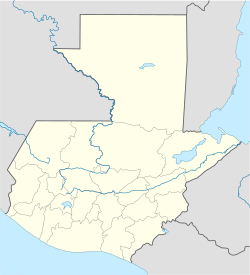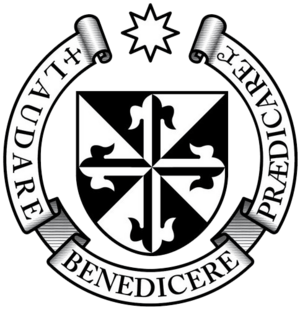San Pedro Sacatepéquez, Guatemala facts for kids
Quick facts for kids
San Pedro Sacatepéquez
|
|
|---|---|
|
Municipality
|
|
| Country | |
| Department | Guatemala Department |
| Area | |
| • Total | 14.6 sq mi (37.9 km2) |
| Elevation | 7,200 ft (2,200 m) |
| Population
(2018 census)
|
|
| • Total | 51,292 |
| • Density | 3,505/sq mi (1,353.4/km2) |
| Climate | Cwb |
San Pedro Sacatepéquez (pronounced sam ˈpeðɾo sakateˈpekes) is a town and a municipality in the Guatemala Department of Guatemala. In 2018, about 36,932 people lived in the town. The area is about 6,890 feet (2,100 meters) above sea level. It is a busy place where people buy and sell goods.
The town's economy relies on making things like tiles and fabrics. Farmers in the area grow important crops such as corn, black beans, and various vegetables.
Contents
A Look at Early Settlements in Guatemala
After the Spanish arrived, they wanted to teach the native people about the Catholic faith. New settlements created by missionaries were called "Indian doctrines" or simply "doctrines."
At first, the plan was for friars (religious teachers) to teach the Catholic faith and the Spanish language. Then, these settlements would become regular parishes, like those in Spain. People would then pay taxes to the church.
However, this plan did not quite work out. The friars had special permissions to convert natives. This meant they mostly answered to their own religious leaders, not to the Spanish government. Once a doctrine was set up, the friars often kept control of it. These doctrines became towns that stayed the same for a long time during the Spanish colony.
Friars could start these doctrines wherever they wanted. They were supposed to eventually hand them over to the church. But in reality, these doctrines grew very large and were rarely given to the church. They formed around the friars' monasteries. From these main centers, friars would visit smaller settlements called "annexes" or "visit towns."
These doctrines had a few key features:
- They were mostly independent from outside control, both from the church and the government.
- A group of friars ran them, which helped keep things going smoothly.
- They often included many smaller villages or "annexes."
In 1638, the Order of Preachers divided their large doctrines. San Pedro Sacatepéquez was then managed by the monastery in Santiago de los Caballeros de Guatemala.
Where is San Pedro Sacatepéquez?
 |
San Juan Sacatepéquez, municipality of Guatemala Department | San Raymundo, municipality of Guatemala Department |  |
|
| Sacatepéquez, department of Guatemala | ||||
| Mixco, municipality of Guatemala Department |
San Pedro Sacatepéquez is located in the Guatemala Department. It is surrounded by other municipalities and departments. To the north is San Juan Sacatepéquez. To the northeast is San Raymundo. Mixco is to the south. To the west, you will find the Sacatepéquez department.
Images for kids
See also
 In Spanish: San Pedro Sacatepéquez (Guatemala) para niños
In Spanish: San Pedro Sacatepéquez (Guatemala) para niños





